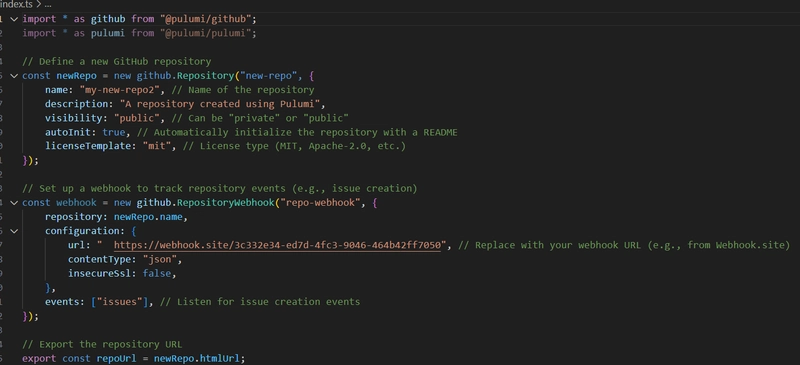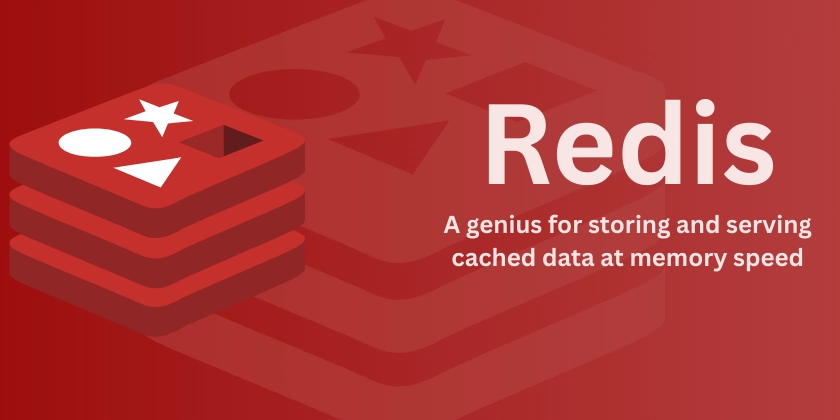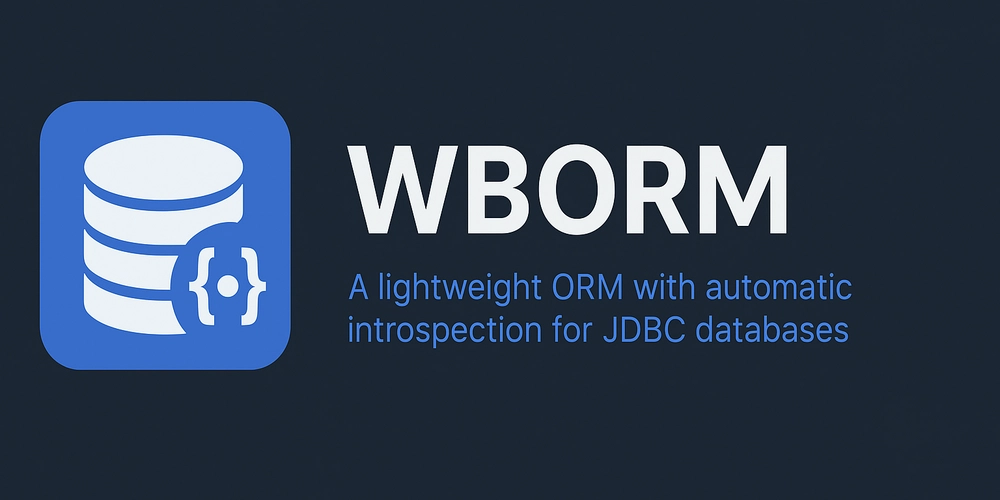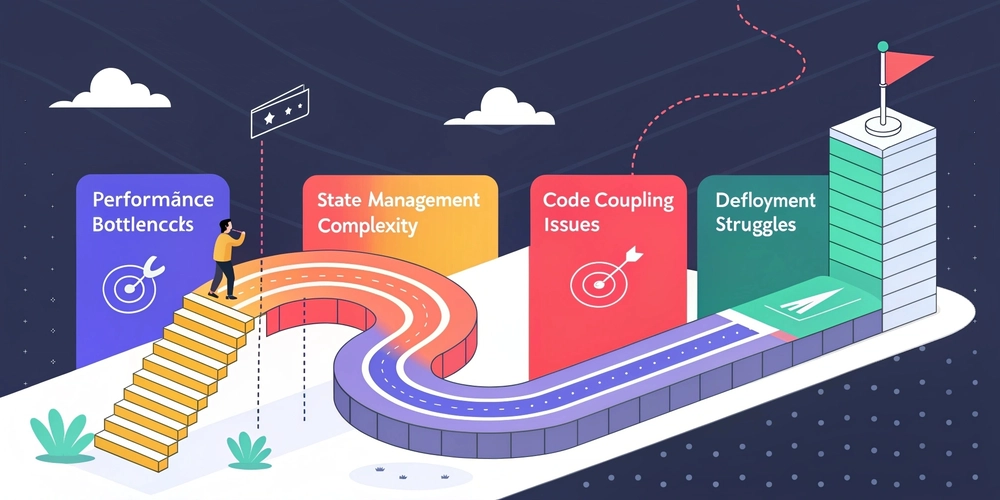Coding on a Vibe? Why Skipping the Fundamentals Can Wreck Your Project
You've probably heard the term "vibe coding" floating around. It speaks to that feeling of being "in the zone," letting intuition guide your fingers, rapidly prototyping, and building based on what feels right in the moment. It can be exhilarating, especially when you see results quickly. For solo devs or those just starting, it might even feel like the most productive way to code. But there's a hidden, dangerous side to relying solely on vibes, especially when your project graduates from a personal experiment to something real – potentially even a SaaS with paying customers. The Allure of the Flow State Let's be honest, the appeal is strong: Speed: Bypassing detailed planning or strict patterns feels faster initially. Creativity: It allows for organic exploration and following creative sparks. Motivation: Seeing immediate results can be incredibly motivating. It feels like pure creation. But software development, especially for production systems, isn't just art; it's engineering. And engineering requires discipline and adherence to fundamental principles. A Cautionary Tale: When Vibes Meet Reality We recently saw a stark example play out publicly. A developer successfully "vibe coded" a SaaS product. It gained traction, had real, paying users – the dream, right? Wrong. The dream quickly turned into a nightmare. Security Holes: Users discovered they could inject arbitrary data directly into the database. This points to a fundamental lack of input validation and sanitization – Security 101. Infrastructure Collapse: The platform was hammered by DDoS attacks and other malicious traffic, maxing out hosting limits. Basic security posture, rate limiting, and infrastructure hardening were likely overlooked. Retrofitting Failure: Despite valiant efforts from the developer and the community to patch the holes, the problems were too deeply ingrained. The lack of foundational security and robust architecture from the start made it impossible to secure effectively after the fact. The result? The SaaS had to shut down. Months, maybe years, of work, customer trust, and potential revenue – gone. All because the initial "vibe" didn't include the non-negotiable fundamentals. This isn't an isolated incident; remember those threads about developers losing months of work because they didn't use Git? Skipping fundamentals has real, catastrophic consequences. Why Fundamentals Aren't Optional "Good Ideas" The internet is not a friendly sandbox. It's a complex environment with automated bots and malicious actors actively looking for weaknesses. Relying on "vibes" often means skipping critical steps: Security is Non-Negotiable: Input validation, output encoding, parameterized queries, proper authentication/authorization, dependency scanning, and basic threat modeling aren't optional extras. They are the minimum requirement for survival online. Structure Enables Scalability & Maintenance: Code needs structure. Unplanned, "vibey" code quickly becomes spaghetti, impossible to debug, maintain, or scale. Future you (or your teammates) will pay the price. Version Control (Git!) is Your Safety Net: It protects against data loss, allows for experimentation (branches), enables collaboration, and provides crucial history. Not using it is professional malpractice. Testing Builds Confidence: How do you know your intuitive code actually works across different scenarios and doesn't break existing functionality? Automated tests are essential for building reliable software. Bridging the Gap: Harnessing Intuition Responsibly Does this mean intuition has no place? Absolutely not! Experienced developers often rely on a well-honed intuition built on years of practice. The key is to balance intuition with discipline: Plan (Even Lightly): Before diving in, sketch out a basic architecture. Think about data flow, potential failure points, and security considerations. Security First Mindset: Ask "How could this be broken?" from the start. Validate all external input. Use secure defaults provided by frameworks. Git is Mandatory: git init should be one of your first commands. Commit often. Use meaningful messages. Push to a remote regularly. Test As You Go: Write unit tests, integration tests – whatever makes sense for your project. Ensure your core logic is sound. Refactor Ruthlessly: That initial "vibe-coded" prototype? Great! Now, refactor it. Clean it up, add tests, ensure it follows good patterns before it becomes foundational. Keep Learning: Stay updated on security best practices, architectural patterns, and the tools of the trade. Conclusion: Build to Last, Not Just to Launch "Vibe coding" might feel fast and fun for sketching ideas, but it's a dangerously inadequate approach for building real-world applications. The fundamentals of software engineering – security, structure, testing, version control – exist for a reason. They are the bedrock upon which reliable, secure, and maintainable software

You've probably heard the term "vibe coding" floating around. It speaks to that feeling of being "in the zone," letting intuition guide your fingers, rapidly prototyping, and building based on what feels right in the moment. It can be exhilarating, especially when you see results quickly. For solo devs or those just starting, it might even feel like the most productive way to code.
But there's a hidden, dangerous side to relying solely on vibes, especially when your project graduates from a personal experiment to something real – potentially even a SaaS with paying customers.
The Allure of the Flow State
Let's be honest, the appeal is strong:
- Speed: Bypassing detailed planning or strict patterns feels faster initially.
- Creativity: It allows for organic exploration and following creative sparks.
- Motivation: Seeing immediate results can be incredibly motivating.
It feels like pure creation. But software development, especially for production systems, isn't just art; it's engineering. And engineering requires discipline and adherence to fundamental principles.
A Cautionary Tale: When Vibes Meet Reality
We recently saw a stark example play out publicly. A developer successfully "vibe coded" a SaaS product. It gained traction, had real, paying users – the dream, right?
Wrong. The dream quickly turned into a nightmare.
- Security Holes: Users discovered they could inject arbitrary data directly into the database. This points to a fundamental lack of input validation and sanitization – Security 101.
- Infrastructure Collapse: The platform was hammered by DDoS attacks and other malicious traffic, maxing out hosting limits. Basic security posture, rate limiting, and infrastructure hardening were likely overlooked.
- Retrofitting Failure: Despite valiant efforts from the developer and the community to patch the holes, the problems were too deeply ingrained. The lack of foundational security and robust architecture from the start made it impossible to secure effectively after the fact.
The result? The SaaS had to shut down. Months, maybe years, of work, customer trust, and potential revenue – gone. All because the initial "vibe" didn't include the non-negotiable fundamentals. This isn't an isolated incident; remember those threads about developers losing months of work because they didn't use Git? Skipping fundamentals has real, catastrophic consequences.
Why Fundamentals Aren't Optional "Good Ideas"
The internet is not a friendly sandbox. It's a complex environment with automated bots and malicious actors actively looking for weaknesses. Relying on "vibes" often means skipping critical steps:
- Security is Non-Negotiable: Input validation, output encoding, parameterized queries, proper authentication/authorization, dependency scanning, and basic threat modeling aren't optional extras. They are the minimum requirement for survival online.
- Structure Enables Scalability & Maintenance: Code needs structure. Unplanned, "vibey" code quickly becomes spaghetti, impossible to debug, maintain, or scale. Future you (or your teammates) will pay the price.
- Version Control (Git!) is Your Safety Net: It protects against data loss, allows for experimentation (branches), enables collaboration, and provides crucial history. Not using it is professional malpractice.
- Testing Builds Confidence: How do you know your intuitive code actually works across different scenarios and doesn't break existing functionality? Automated tests are essential for building reliable software.
Bridging the Gap: Harnessing Intuition Responsibly
Does this mean intuition has no place? Absolutely not! Experienced developers often rely on a well-honed intuition built on years of practice. The key is to balance intuition with discipline:
- Plan (Even Lightly): Before diving in, sketch out a basic architecture. Think about data flow, potential failure points, and security considerations.
- Security First Mindset: Ask "How could this be broken?" from the start. Validate all external input. Use secure defaults provided by frameworks.
- Git is Mandatory:
git initshould be one of your first commands. Commit often. Use meaningful messages. Push to a remote regularly. - Test As You Go: Write unit tests, integration tests – whatever makes sense for your project. Ensure your core logic is sound.
- Refactor Ruthlessly: That initial "vibe-coded" prototype? Great! Now, refactor it. Clean it up, add tests, ensure it follows good patterns before it becomes foundational.
- Keep Learning: Stay updated on security best practices, architectural patterns, and the tools of the trade.
Conclusion: Build to Last, Not Just to Launch
"Vibe coding" might feel fast and fun for sketching ideas, but it's a dangerously inadequate approach for building real-world applications. The fundamentals of software engineering – security, structure, testing, version control – exist for a reason. They are the bedrock upon which reliable, secure, and maintainable software is built.
Don't let your project become another cautionary tale. Embrace the flow, use your intuition, but always ground your work in solid engineering principles. Build software that not only works today but can also withstand the pressures of tomorrow.












































































































































































![[The AI Show Episode 142]: ChatGPT’s New Image Generator, Studio Ghibli Craze and Backlash, Gemini 2.5, OpenAI Academy, 4o Updates, Vibe Marketing & xAI Acquires X](https://www.marketingaiinstitute.com/hubfs/ep%20142%20cover.png)



























































































































![[FREE EBOOKS] The Kubernetes Bible, The Ultimate Linux Shell Scripting Guide & Four More Best Selling Titles](https://www.javacodegeeks.com/wp-content/uploads/2012/12/jcg-logo.jpg)



![From drop-out to software architect with Jason Lengstorf [Podcast #167]](https://cdn.hashnode.com/res/hashnode/image/upload/v1743796461357/f3d19cd7-e6f5-4d7c-8bfc-eb974bc8da68.png?#)






































































































.png?#)




.jpg?#)































_Christophe_Coat_Alamy.jpg?#)






































































































![Rapidus in Talks With Apple as It Accelerates Toward 2nm Chip Production [Report]](https://www.iclarified.com/images/news/96937/96937/96937-640.jpg)









































































































































